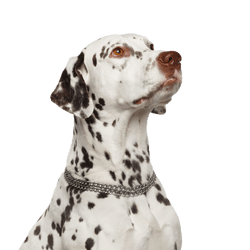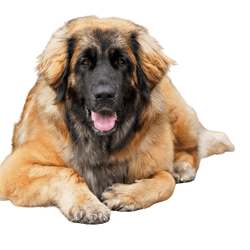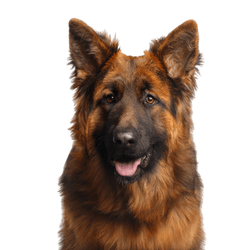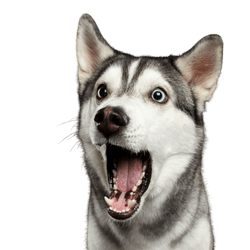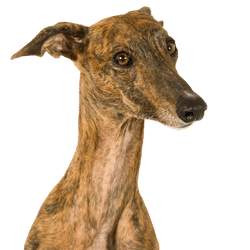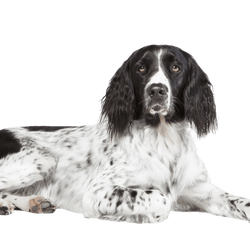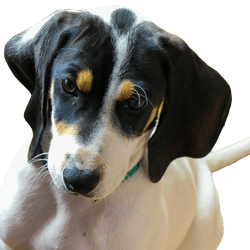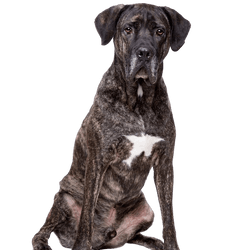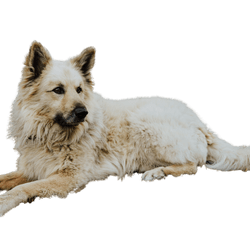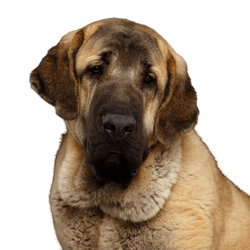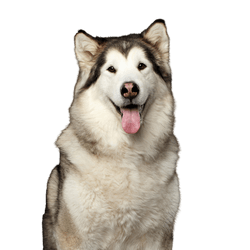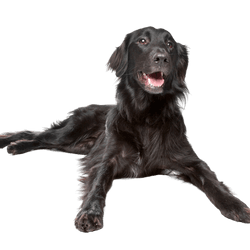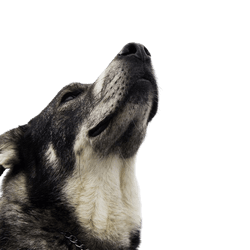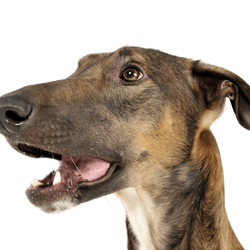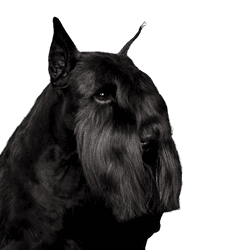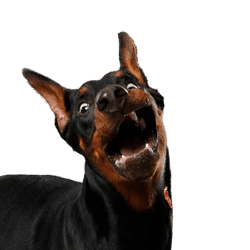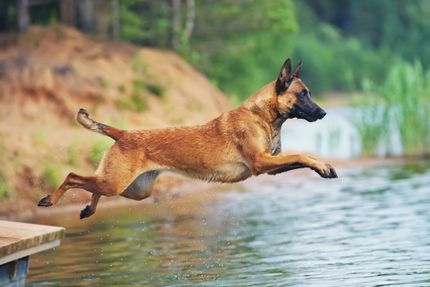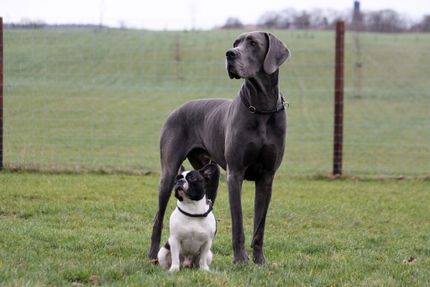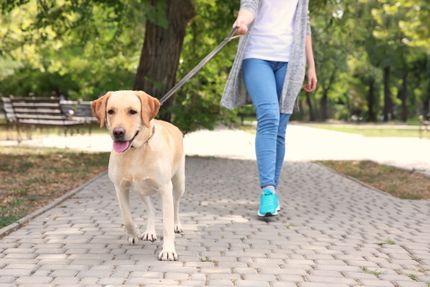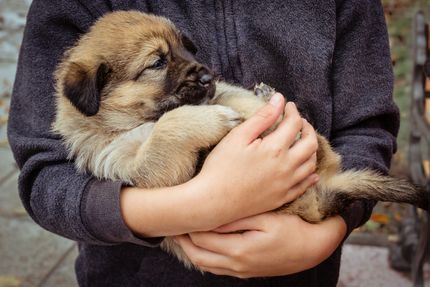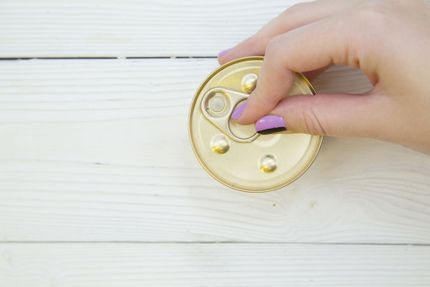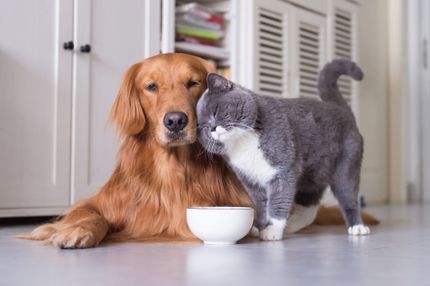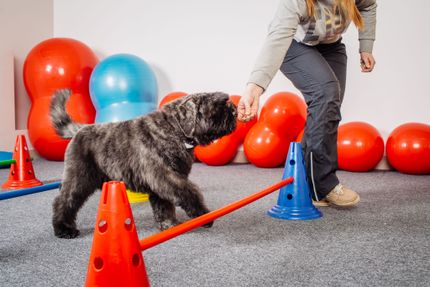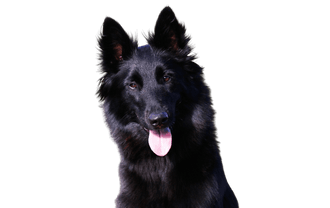
Groenendael Breed description: Character & Co
Groenendael
Facts & Origin
What is the origin of the Groenendael?
The Groenendael is one of the four varieties of the Belgian Sheepdog, along with the Malinois, Laekenois and Tervueren, and was named after the small town of the same name in Belgium.
What are the breed characteristics of the Groenendael?
The Groenendael is listed by the FCI, the Fédération Cynologique Internationale, along with the other three varieties under standard number 15. This defines how external characteristics, temperament and character of Belgian Shepherd Dogs must be according to the breed standard.
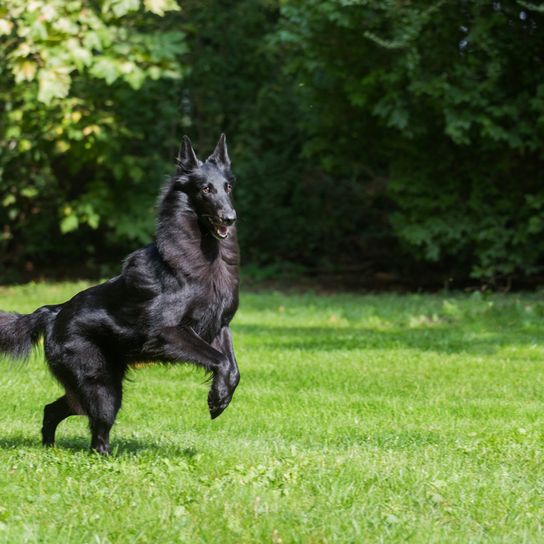
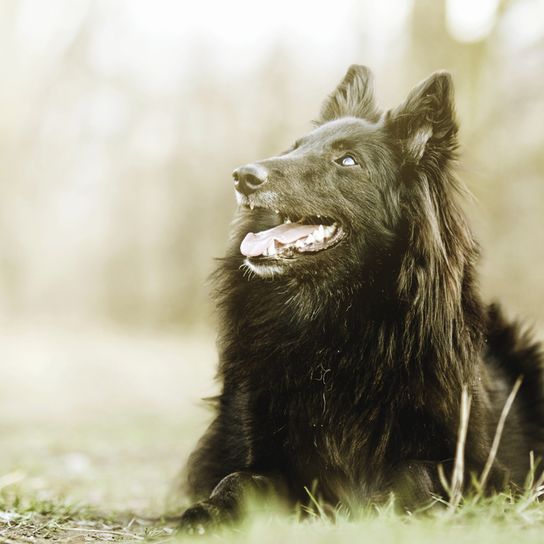
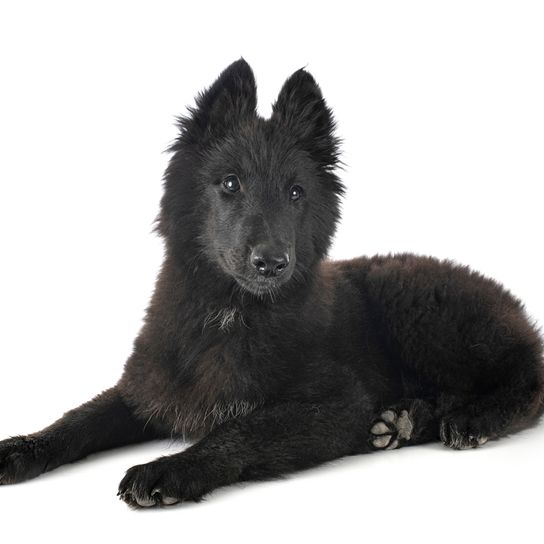
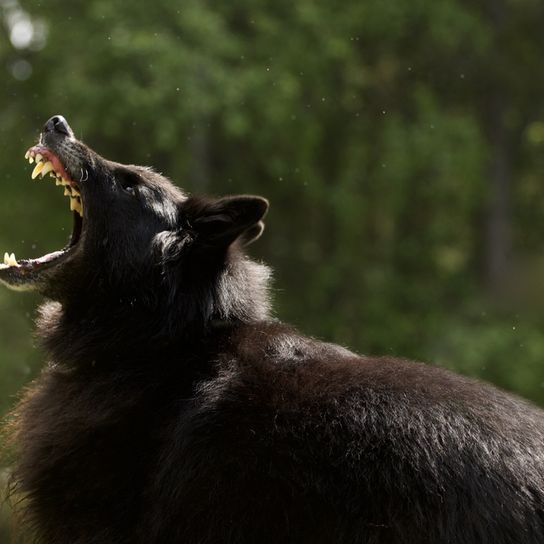
| Alternate Name | Belgian shepherd dog |
| Origin | Belgium |
| Life expectancy | 12 - 15 years |
| Care requirements | high-maintenance |
| Activity level | average |
| FCI group | Sheepdogs |
| AKC group | Herding Group |
| KC group | Pastoral Group |
Attitude, character and temperament of the breed
What are the typical character traits of the Groenendael?
- lively
- willing to work
- spirited
- quick to react
- intelligent
- persevering
- faithful
Husbandry of the Groenendael
If you decide to get a Groenendael, you should be aware that Belgian Shepherds need to be exercised and challenged. Extensive walks, dog sports or other physical as well as mental activities are very useful for your dog to live a happy and healthy life.
Use of the Groenendael
Traditionally, the Groenendael was used as a sheepdog. He independently herded and drove flocks of sheep and cattle. Nowadays, it is used in a variety of ways primarily as a sporting, working or service dog. For example, the intelligent Groenendael likes to participate successfully in tournament dog sports, where it can live out his urge to move well. Often it is simply kept as a family dog, but in this case sufficient activity must be provided.
Character
Usage
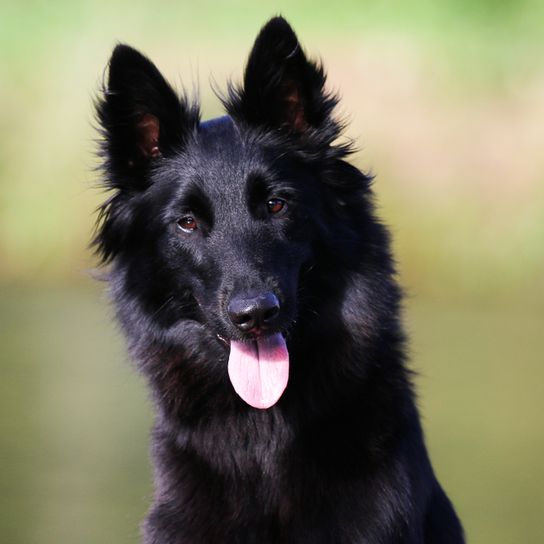

Health and breeding information
What are typical diseases of Groenendael?
Unfortunately, epilepsy occurs more frequently in the Groenendael. This does not limit the life expectancy, but must be considered in the lifestyle. Diseases such as hip dysplasia do not occur more often in the Groenendael than in other larger dog breeds.
Groenendael breeding - where, how, what?
If you want to buy a Groenendael puppy, an official breeder is the best place to go. This is because a reputable Groenendael breeder focuses on healthy dogs with a balanced, breed-typical temperament. He makes sure that the puppies are well socialized and that he only uses healthy parents for breeding.
At the Verband für das Deutsche Hundewesen (VDH) e. V. you can find a list of different Groenendael breeders and clubs you can contact if you want to buy a Groenendael.
Special features
As the Groenendael, like all other varieties of the Belgian Shepherd Dog, is not listed as a fighting dog, its keeping is not subject to any special legal requirements or regulations.
If you want to buy a Groenendael, but it does not necessarily have to be a puppy or a dog with a pedigree, a Groenendael in need is a good alternative to a Groenendael from a breeder. There are several organizations or clubs that place Belgian Shepherds. Dogs from animal shelters are usually especially grateful if you give them a good, new home.


Appearance and coat of the Groenendael
With its long muzzle and the dense, long and smooth coat, the Groenendael appears light and elegant. Only black is allowed as a color, but white markings may appear on the toes and forechest.
What is the size of the Belgian Shepherd Dog?
The Groenendael belongs to the medium sized dogs. The average desired size is 58 cm for bitches and 62 cm for males. According to the breed standard, deviations of 2 cm downwards and 4 cm upwards are tolerated.
How much does a Groenendael weigh?
Bitches should weigh between 20 kg and 25 kg. Males should be somewhat heavy at 25 kg to 30 kg.
How old does he become?
The life expectancy of a Groenendael is about 12 to 15 years.
As the Groenendael has a long coat, you will have to brush or comb it regularly, especially during the coat change, so that it does not become matted. The grooming effort is therefore somewhat higher than for short-haired dogs.
| Fur length | long |
| Fur | flat coated |
| Ear shape | Standing Ears |
| Tail | fanned out |
| Anatomy | rugged |
| Size ♀ | 56 - 62 cm |
| Weight ♀ | 20 - 25 kg |
| Size ♂ | 60 - 66 cm |
| Weight ♂ | 25 - 30 kg |
| Suitable For | - |
Colors




Other large dogs
Useful Articles
You can find articles that might interest you in the dogbible blog to match your favorite breed.
Visit our magazineto stay up to date on dog trends.
To find out more, view our Privacy Policy
Find here the breed that suits you and find out what character traits it has. Here you can also learn more about the origin, size and weight of your favorite breeds.
Matching your favorite breed, you'll find articles that might interest you on the dogbible dog blog.
8 emotional movies you should know as a dog fan
Tips for Mallorca holidays with dog - these hotels and places you should know
Epilepsy in dogs - Recognize, treat
Travelling with a dog in a Camper - this is what you have to bear in mind!
